Victorian ceramic tiles need special maintenance beside clean-up and sealing. The reproduction process of this popular type of tile is elucidated in the present paper.
In contrast to their competitors, the English producer Minton Hollins was able to develop a very high-quality product that has withstood the test of time, making them the industry benchmark for quality.
Victorian tiles were the precursors of modern quarry tiles. However, because Victorian building methods of the time were applied to all of these different types of tiles, damp troubles and salt problems (also known as efflorescence) are extremely common with these tiles.
As a consequence of this, we have formed partnerships with other tile cleaning firms in order to improve the services that are already on offer.
Our suggested Pro-Clean should be diluted with water to a ratio of 1:5 and then applied directly to the tiles for a thorough cleaning.
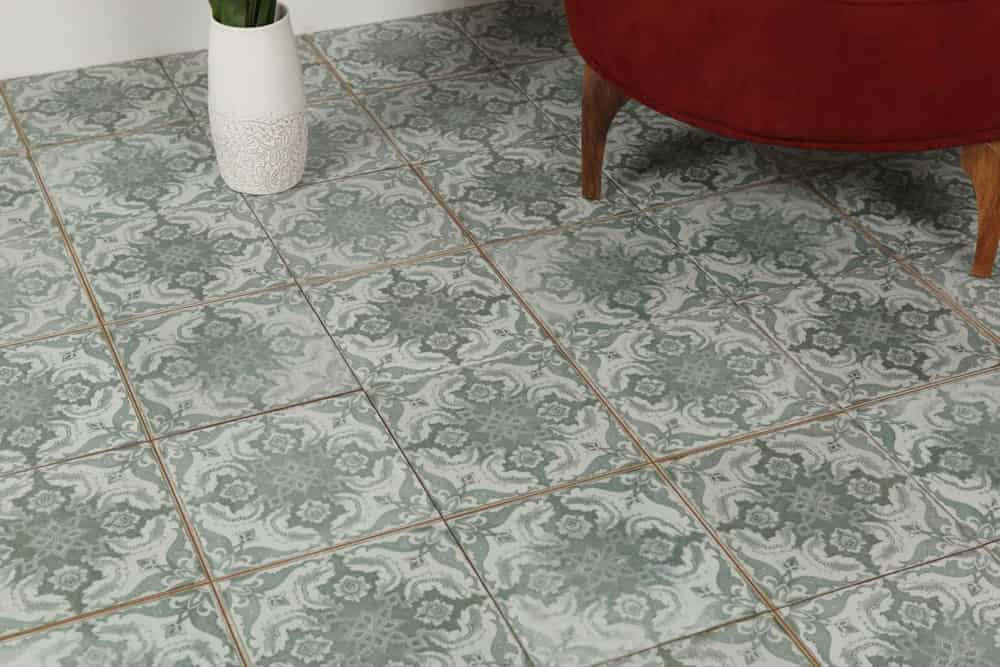
This should be done in areas that have been neglected and are extremely dirty. After allowing it to soak for ten minutes, give it a stir using a scrub brush or a black pad that is hooked to a buffer machine. First, remove the contaminated solution using a wet vacuum.
Next, thoroughly clean the area with water. Finally, vacuum the area once more. When attempting to remove acrylic sealers and waxes, a greater dilution of 1:2 is recommended.
In the event that cement or grout haze (also known as grout streaks) is present, use Grout Clean-up, which is a phosphoric acid product that can dissolve cement.
Extraction of the solution should be done using a wet vacuum, followed by a thorough rinsing with water and another round of vacuuming.
After cleaning, apply Acid Gel undiluted and wait no more than ten minutes for it to fully penetrate the tile before proceeding.
After that, scrape the tile with a deck brush while slowly adding water to the grout. Extraction of the solution should be done using a wet vacuum, followed by a thorough rinsing with water and another round of vacuuming. This will prevent any potential salt issues from oxidizing to the surface of the tile and causing white lines to appear on its surface.
Before applying the sealant, you should wait until all of the white marks have disappeared, and if the salts have returned after two to three days, you should repeat the procedure with the acid gel.
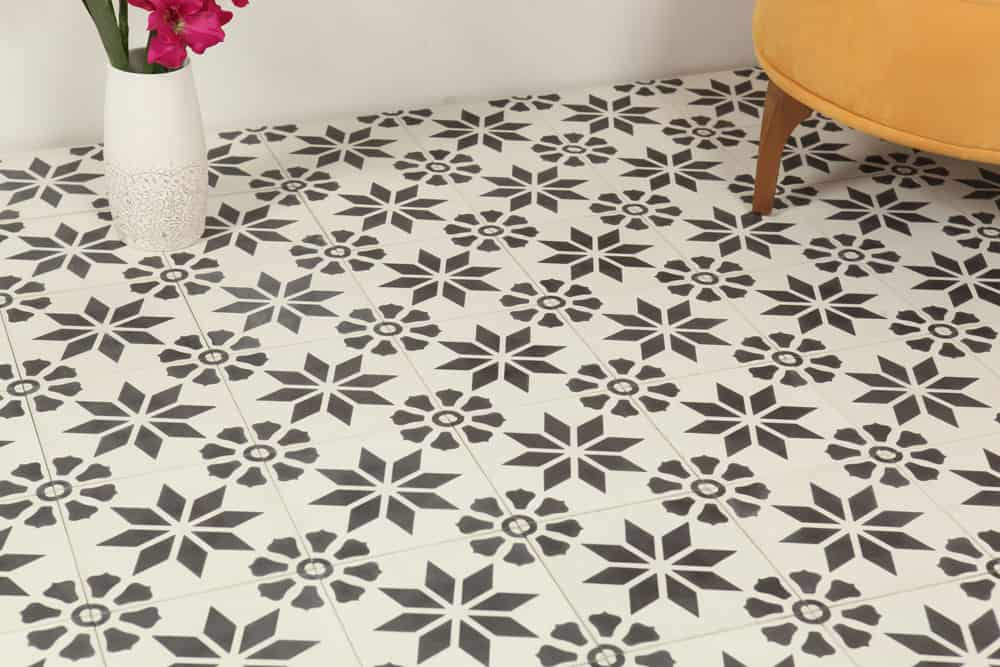
It is common knowledge that original Victorian tiles should be left to air dry for many days following any type of intensive cleaning to guarantee that the tiles are completely dry (especially during the winter and after periods of high rainfall).
It is recommended to use a damp meter to check for this. There was no DPM used in the installation of the original Victorian tiles (damp proof membrane).
It is recommended to apply two or even three coats of Colour Grow in order to get the required matte finish. The tile’s overall appearance will be improved as a result of the inclusion of a color-enhancing chemical that is found in this product.
Additionally, Color Grow is a completely breathable solvent-based impregnating sealer that will fully cure in 24 hours but can be walked on within a few hours if the floor is dry before the sealer is applied. This is because Color Grow is a solvent-based impregnating sealer.
Seal and Go is the product that we recommend using in order to achieve a deep satin finish. This product also has a fantastic gloss and enhances the appearance of the tile.
However, given that this is a water-based acrylic sealer, the conditions have to be just right for it to work, which means that there cannot be any salts present, nor can there be any moisture.
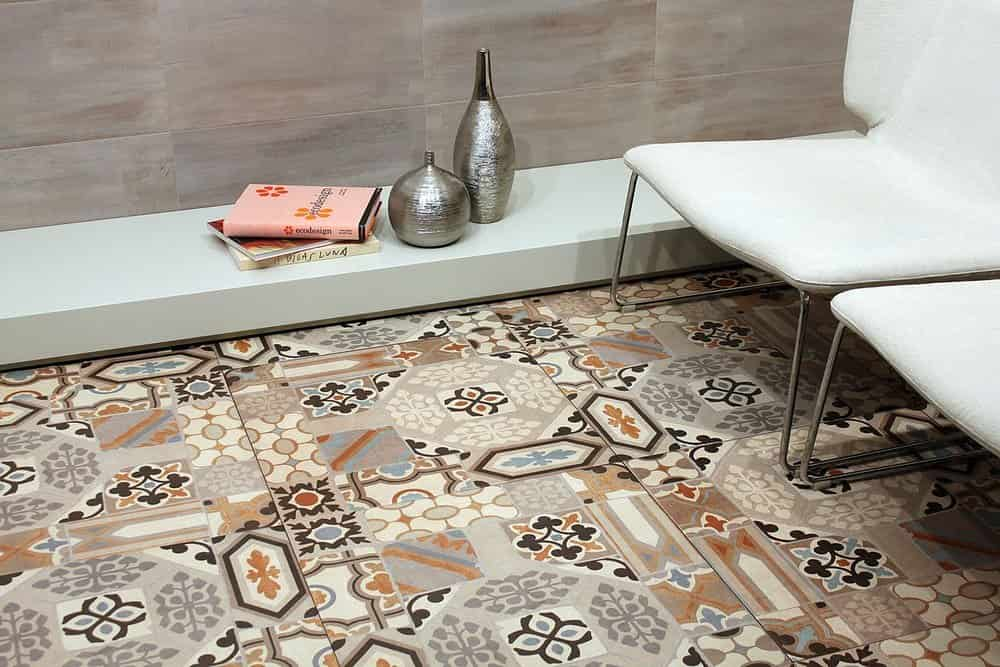
It is important that you are aware that it is not recommended to use Seal and Go in any way outside of the body.
If you want a satin finish but the installation conditions aren’t ideal as described in option 2, our recommendation is that you use Seal and Go Extra.
This sealer has a finish with a lower sheen and is suitable for use both inside and outside due to the fact that it is a fully breathable sealer that is unaffected by dampness or salt problems.
If you want a satin finish but the installation conditions aren’t ideal as described in option 2, click here. It is important to keep in mind that, just like with other types of sealers, the surrounding environment needs to be totally devoid of moisture at the time of application for the sealer to properly harden.
After curing for a period of twenty-four hours, the sealer will provide the essential protection in the same manner as Option 1.
These modern floor tiles, in contrast to their forebears, are noticeably less porous and can be cleaned utilizing the same techniques that were used to clean the original Victorian floor tiles. However, before you seal these tiles, it is essential to run a little test. This is because these tiles have a low porosity, which means that the sealer might not be absorbed by the tile at all.
To seal these tiles, all that is required is one or two coats of the sealer with a matt finish called Colour Grow. This will bring out the natural color of the clay.
Instead of bleach and dishwashing liquid, which are not neutral and can damage the sealer if used for an extended period of time, always use a cleanser that is PH neutral, such as Concentrated Neutral Cleaner, which is completely PH neutral after being diluted with water.
This is preferable to using cleaners like bleach and dishwashing liquid, which are not neutral and can cause damage to the sealer if used for an extended period of time.
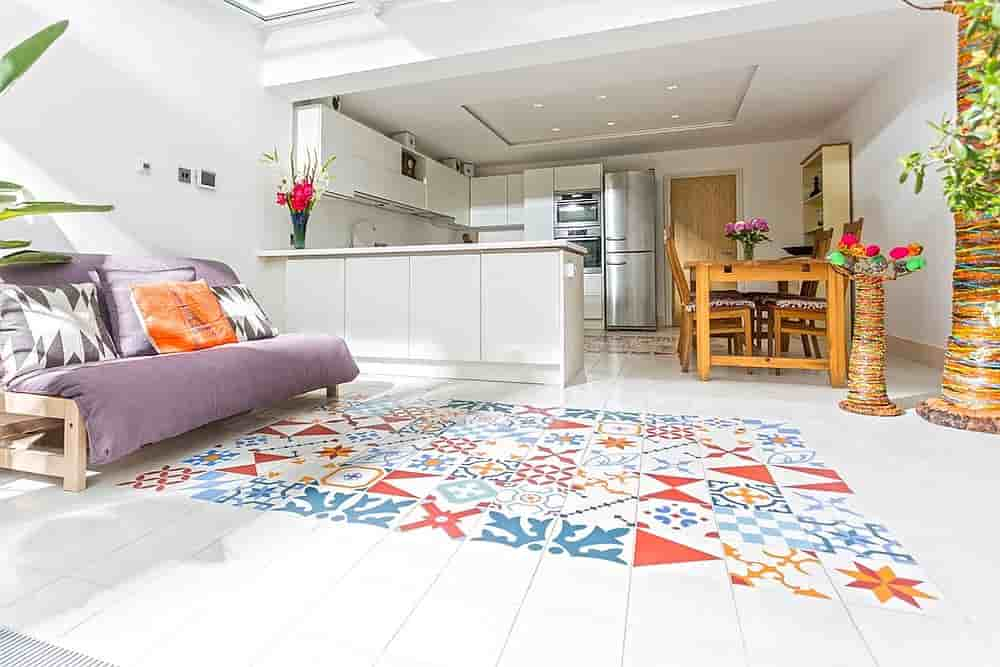
One application of the original floor sealer should be plenty if you are going to reapply it once a year as recommended maintenance for your floor sealer.
If you do this, you won’t have to spend the time and effort to give the tiles a good cleaning and reseal them every three to five years, which will save you both time and money. Depending on how often they are used, sealants will become less effective over time.
The tile experts of our team are ready and eager to work with professional traders and importers around the world.
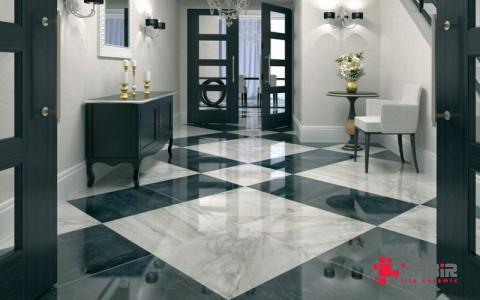
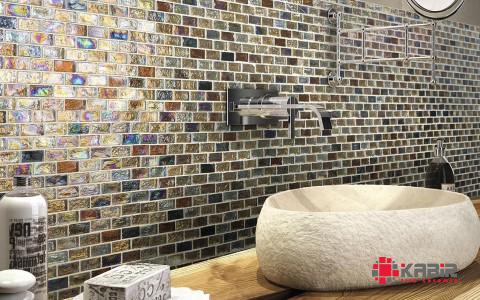


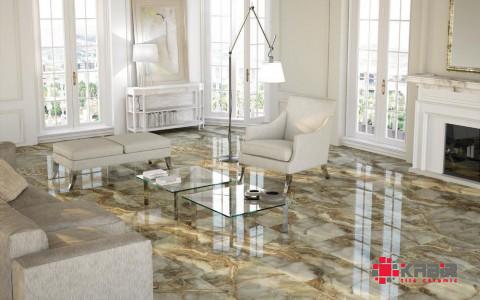
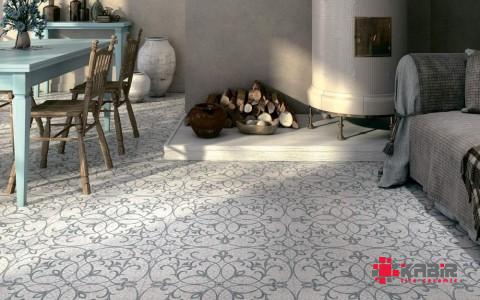



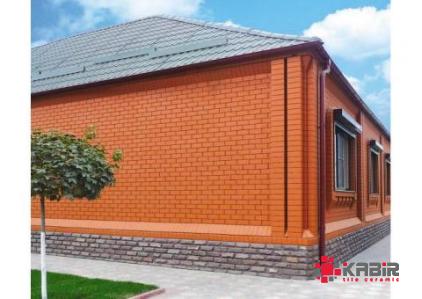
Your comment submitted.